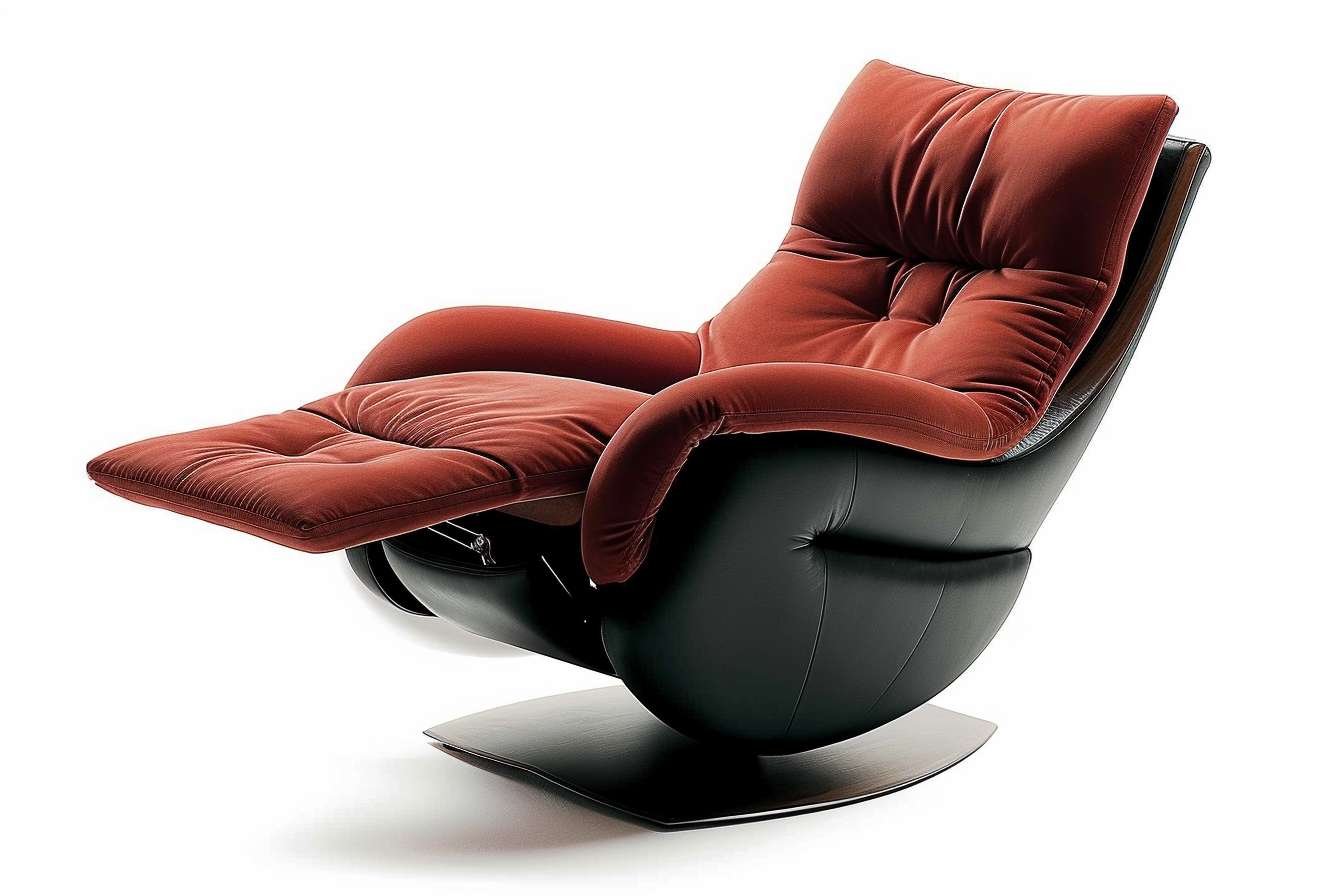Lift Chairs: Enhancing Comfort and Independence for Seniors and Mobility-Challenged Individuals
Lift chairs have become an essential piece of furniture for many seniors and individuals with mobility challenges. These specialized recliners offer more than just a comfortable seat; they provide a means to maintain independence and improve quality of life. By incorporating a powered lifting mechanism, these chairs assist users in transitioning from a sitting to a standing position with ease and safety. This article will explore the various aspects of lift chairs, their benefits, and considerations for choosing the right one.

When activated, the lift mechanism raises and tilts the chair forward, effectively reducing the effort required to stand up. This feature is particularly beneficial for individuals with limited mobility, arthritis, or those recovering from surgery. The reverse process allows users to sit down safely and comfortably, minimizing the risk of falls or strain.
What are the different types of lift chairs available?
Lift chairs come in various styles and configurations to suit different needs and preferences. The most common types include:
-
Two-position lift chairs: These offer a seated position and a slight recline, suitable for reading or watching TV.
-
Three-position lift chairs: In addition to the seated and slightly reclined positions, these chairs can recline further back, almost to a lying position.
-
Infinite position lift chairs: These chairs offer the most versatility, allowing users to adjust the backrest and footrest independently for maximum comfort.
-
Zero gravity lift chairs: Designed to distribute weight evenly and reduce pressure on the spine, these chairs can recline into a position where the feet are elevated above the heart.
-
Bariatric lift chairs: Specifically designed to accommodate larger individuals, these chairs have reinforced frames and wider seats.
What are the health benefits of using a lift chair?
Lift chairs offer numerous health benefits, particularly for seniors and individuals with mobility issues:
-
Reduced risk of falls: By assisting with the standing and sitting process, lift chairs minimize the risk of losing balance or falling.
-
Improved circulation: The ability to elevate legs and change positions easily can help improve blood circulation, potentially reducing swelling and discomfort.
-
Pain relief: Many lift chairs offer heat and massage features, which can help alleviate muscle and joint pain.
-
Better posture: The adjustable positions of lift chairs can promote better posture, potentially reducing back pain and improving overall comfort.
-
Enhanced independence: By making it easier to stand up and sit down, lift chairs can help users maintain their independence and reduce reliance on caregivers.
How do you choose the right lift chair?
Selecting the right lift chair involves considering several factors:
-
Size and fit: Ensure the chair is appropriate for the user’s height and weight. The feet should touch the floor when seated, and there should be enough space between the seat edge and the back of the knees.
-
Functionality: Consider which features are most important, such as the number of positions, massage capabilities, or heat functions.
-
Upholstery: Choose a material that is comfortable, durable, and easy to clean. Options range from fabric to leather.
-
Battery backup: Look for chairs with a battery backup system to ensure functionality during power outages.
-
Weight capacity: Verify that the chair can safely support the user’s weight, especially for larger individuals.
-
Room size: Consider the space available in the room, including clearance for full recline and lift functions.
What are the maintenance requirements for lift chairs?
Proper maintenance can extend the life of a lift chair and ensure its safe operation:
-
Regular cleaning: Vacuum or wipe down the upholstery regularly to prevent dirt and debris accumulation.
-
Lubrication: Periodically lubricate moving parts as recommended by the manufacturer to maintain smooth operation.
-
Electrical checks: Inspect power cords and connections for any signs of wear or damage.
-
Weight limit adherence: Avoid exceeding the chair’s weight capacity to prevent damage to the lift mechanism.
-
Professional servicing: Schedule regular maintenance checks with a professional, especially if you notice any unusual noises or reduced performance.
How much do lift chairs typically cost?
Lift chairs vary in price depending on their features, quality, and brand. Here’s a general overview of lift chair pricing:
| Type of Lift Chair | Price Range | Features |
|---|---|---|
| Basic Two-Position | $400 - $800 | Limited recline, basic upholstery |
| Three-Position | $700 - $1,500 | Multiple recline positions, better upholstery |
| Infinite Position | $1,000 - $2,500 | Full recline, independent back and footrest control |
| Luxury Models | $2,000 - $5,000+ | Premium materials, advanced features (heat, massage, etc.) |
Prices, rates, or cost estimates mentioned in this article are based on the latest available information but may change over time. Independent research is advised before making financial decisions.
When considering the cost, it’s important to factor in potential insurance coverage or Medicare assistance, which may help offset the expense for those who qualify. Some retailers also offer financing options to make these chairs more accessible.
Lift chairs represent a significant investment in comfort, safety, and independence for many individuals. By understanding the various types, features, and considerations involved in selecting a lift chair, users can make an informed decision that best suits their needs and enhances their quality of life. Whether recovering from surgery, managing chronic conditions, or simply seeking additional support in daily activities, a well-chosen lift chair can provide valuable assistance and comfort for years to come.





